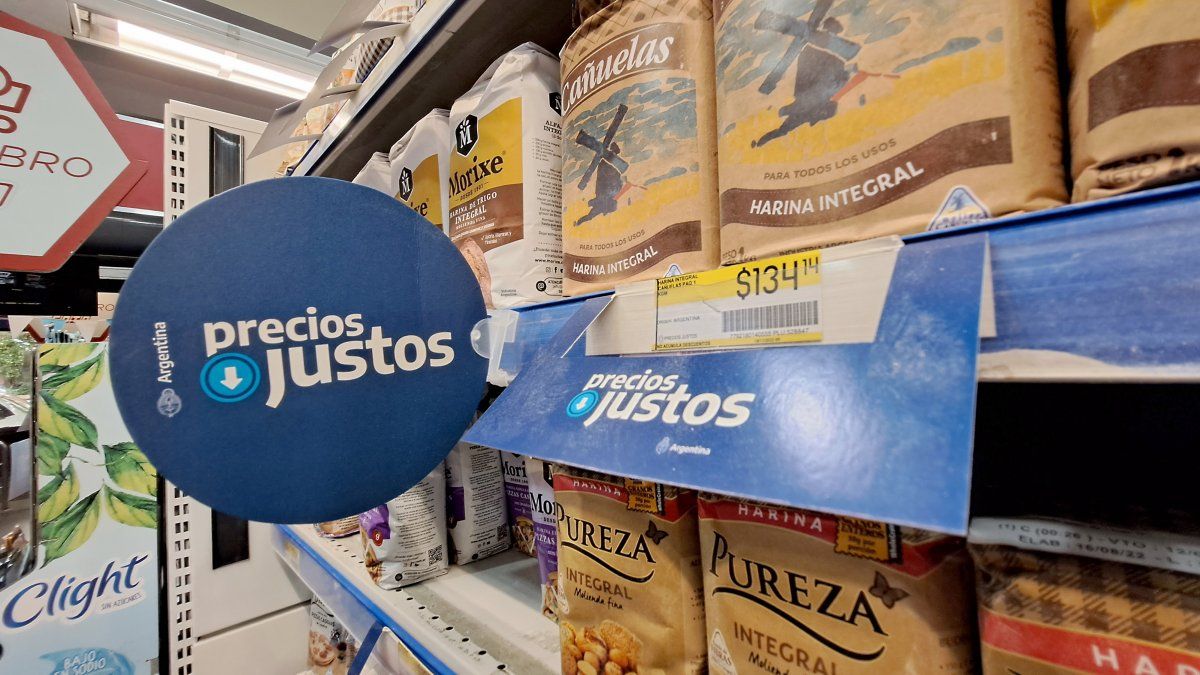At present, the program achieved the adhesion of some 482 companies participating in the Fair Prices program, covering “some. 49,832 surveyed products”, according to official sources from the Secretary of Commerce. Another novelty of Fair Prices is that “dAmong the 49,832 products there will be a renewed basket of 2,000 mass consumption products with a fixed price”.
It should be remembered that Phase 1 of Fair Prices contemplated voluntary agreements with monthly increase limits of 4% for 4 months and 2,000 products at fixed prices.
According to official information, the program already has 15 items, namely:
- Massive consume
- Dress
- Footwear
- Home and Construction
- Cell phones
- small appliances
- school basket
- Education
- industrial inputs
- textiles
- motorcycles
- bikes
- Medicines
- fuels
- sale by catalog
One of the items that increased its prices the most, even above inflation, is clothing. In this sense, the authorities are working to add between 50/60 companies.
In the Secretary of Commerce they point out that in this phase they sought “Homogenize all Fair Price agreements in an average pattern of 3.2%.”
They argue that this is possible because “fiscal goals and reserve accumulation were met” and for this reason the Ministry of Economy considered that “the conditions were given to homogenize prices, guidelines and deadlines”. What the authorities seek is to provide a path of stability and avoid “shocks, capital deviations”.
Volunteer
Another aspect that stands out is that “the agreement is voluntary and this point is one of the central axes”. The reality is that when the participating companies are consulted, most respond in strict silence that they are forced to accept setting prices below their costs given the need to obtain authorization for import dollars. It should be remembered that this is a condition of the agreement.
Precisely the Argentine Chamber of Commerce released a survey where 76% of the companies admit that they received less than 25% of the imports they requested. Meanwhile, for 83% this limitation is already affecting the normal functioning of companies.
In the government they emphasize that “It is not a price freeze program for 5 months” since a pattern of increases is established, on average, of 3.2%
Regarding the criticism regarding product shortages, the Commerce authorities affirm that the “Average supply is located at 68% / 70% of the set of products”.
controls
The government will have a new tool to control compliance with Precio Justos. It will consist of a monitoring board that will allow, for example: “go to the price of juice of a certain brand in a certain store.” Likewise, the price at which companies sell to their customers via the web will be verified.
“It is a monitoring dashboard that was developed by Arsat and Amazon, where you can control in real time the supply level, supermarket compliance, etc.”, they explain “There are two tools: one to control compliance at outlets and another for web inspection”. That is, the authorities will be able to verify compliance with agreements, by price and by volume.
In January, the Secretary of Commerce has carried out 2,784 inspections, drawing up 320 minutes for non-compliance.
One of the points that generated a lot of discomfort in the companies was delegating control to the union of truckers and social organizations. In this regard, sources from the secretary clarified that: “There is no control by any union” while emphasizing that “The State has no agreement with any group to control anything”. In addition, they clarify that “There was no complaint from any company that a union has controlled prices.”
The official aspiration is to continue during the second semester working to combat inflation and they point out that Fair Prices “is a tool, but not the only one”.
The second phase is proposed to “order the prices for greater predictability and relief to the pocket of Argentines.”
Source: Ambito




